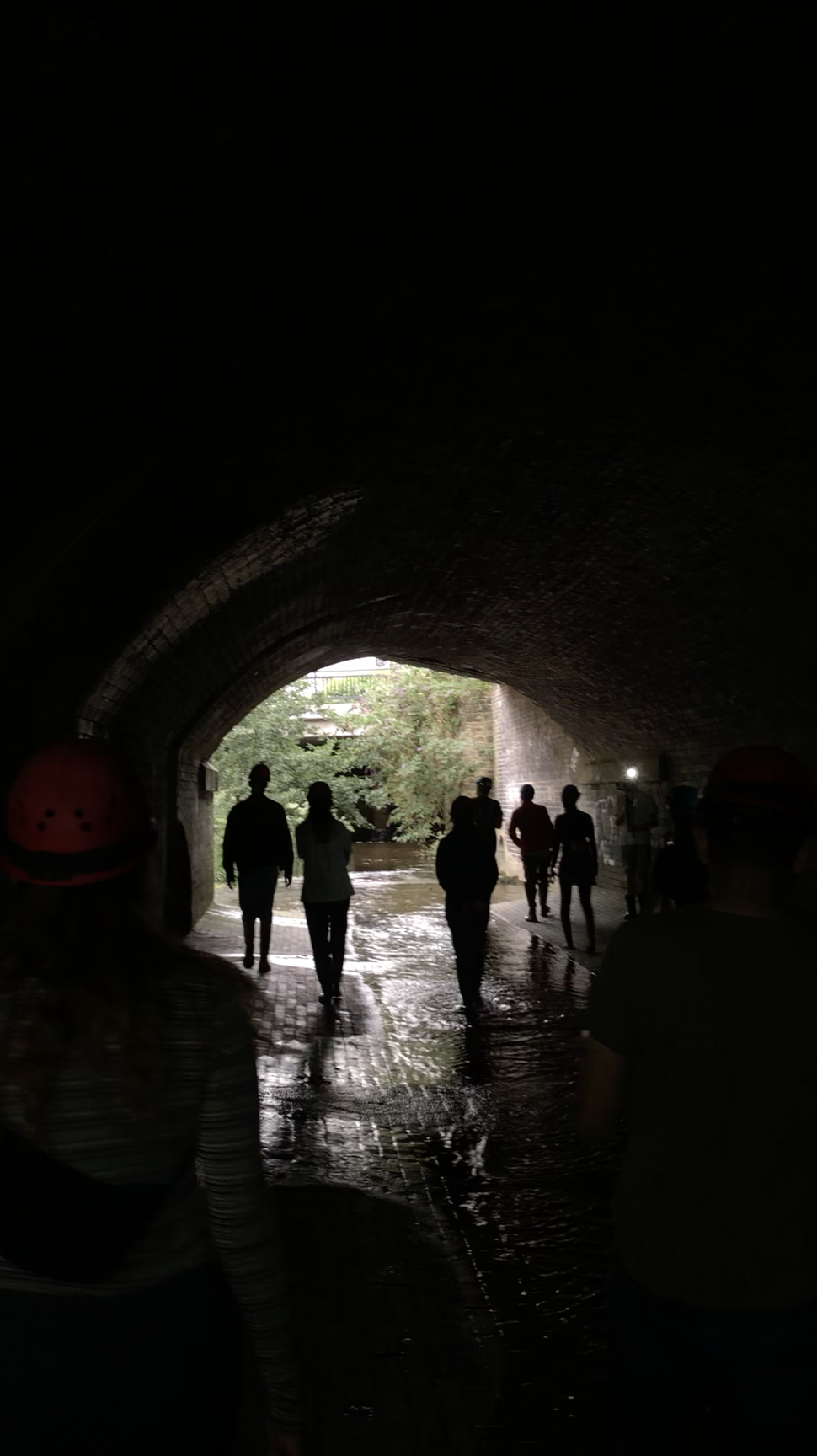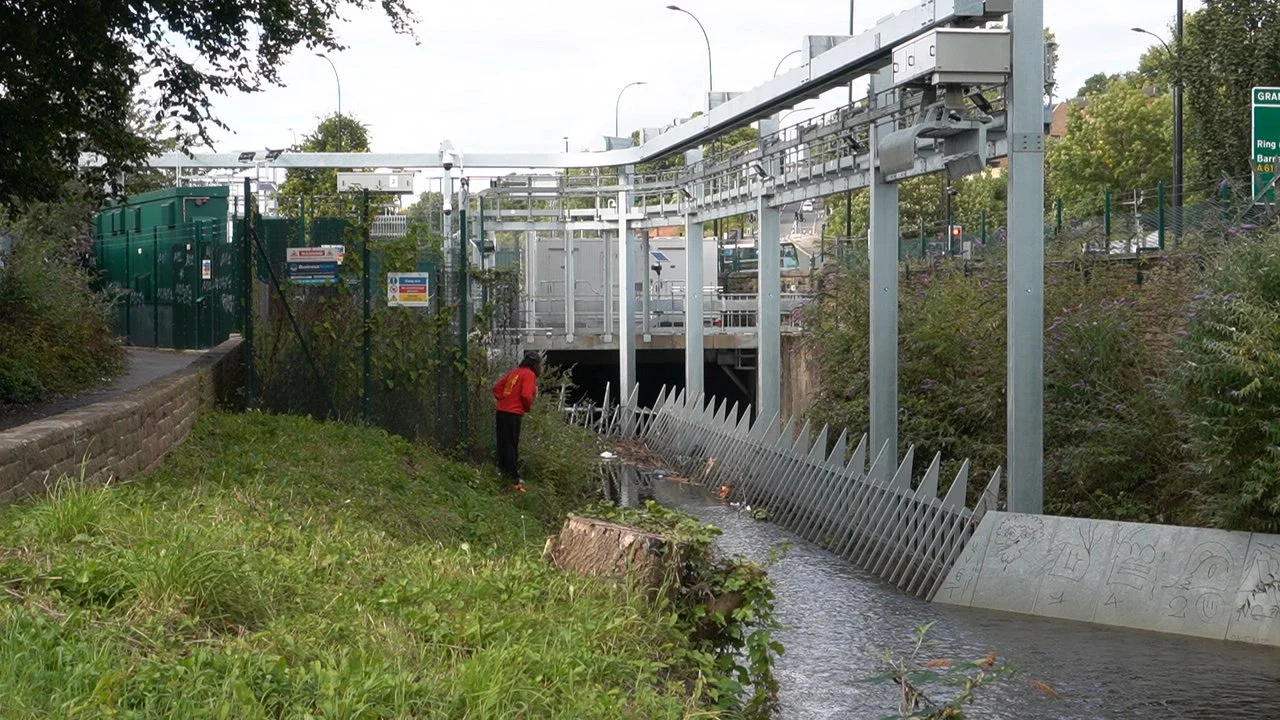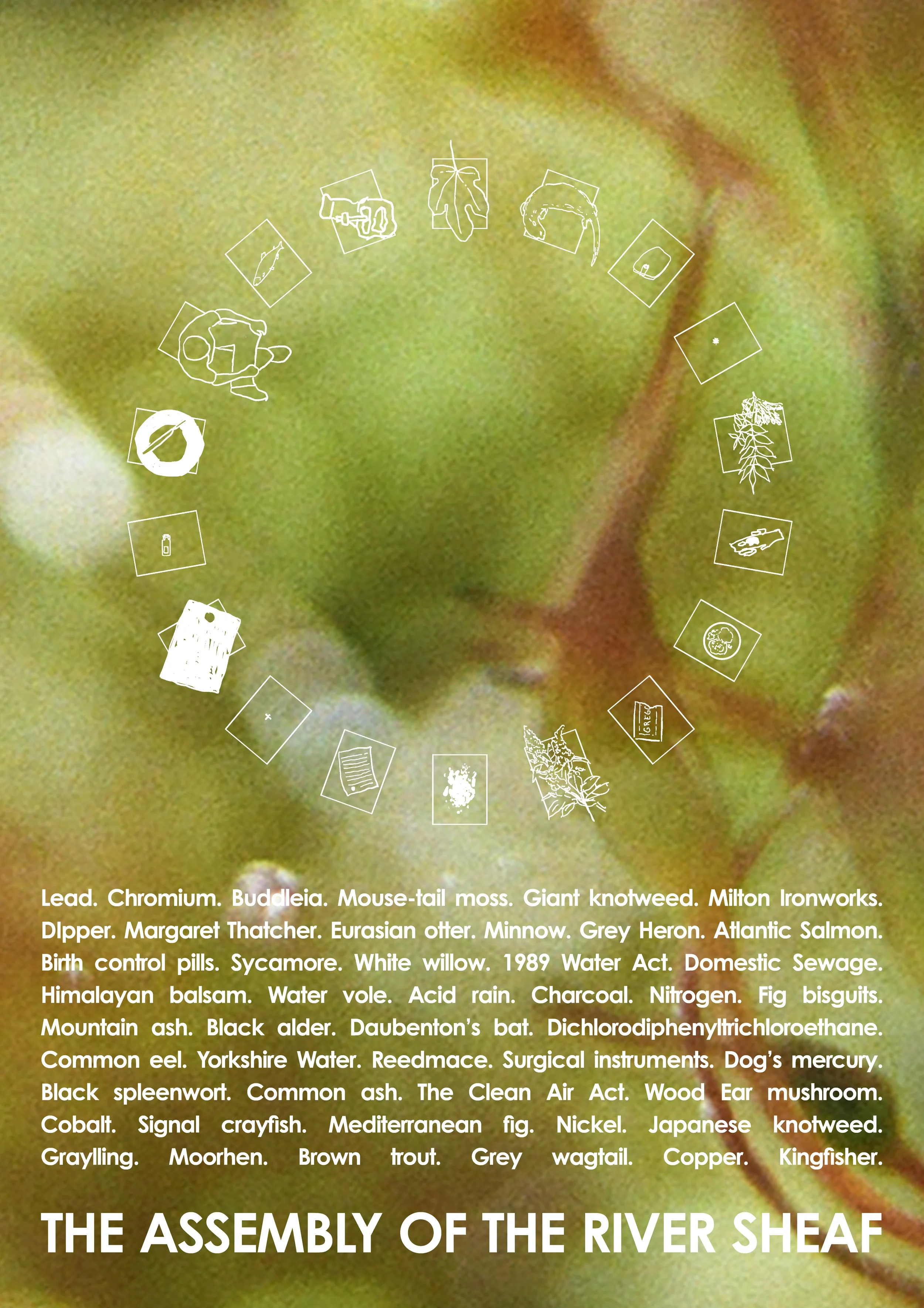The Assembly of the River Sheaf was a two-week architectural research workshop held in Sheffield as part of the EASA Commons (The European Architecture Students’ Assembly). The workshop searched answers to the following questions: How to better connect with more-than-human agencies as a designer? Who and what are the materialities, actors, and co-habitants that together create the assemblage we are calling the River Sheaf? How to make these actors (human and nonhuman) as well as their ways of inhabiting and shaping the urban river visible?
The River Sheaf has played a crucial role in the history of Sheffield, UK, serving as a vital source of water and power for industry and agriculture. During the industrialization period in Sheffield, the River Sheaf was one of many waterways that were modified and transformed to support the city’s growing industries. The Sheaf was transformed into a sewer and its natural channel was replaced with culverts and tunnels. This burial and modification of the river has had detrimental impacts on the health of the ecosystem and the surrounding communities.
The workshop emphasized the need for designers to include more-than-humans in their thinking and designs, especially in times where our nature commons such rivers and other water bodies remain enclosed. Practicing what Anna Tsing calls "the art of noticing", an attentive and sensuous engangement with landscapes, can help designers to become more aware on the more-than-human entanglements that sustain our lives and societies. The workshop approached the landscape as an "open gathering" of both human and non-human bodies, and tried to identify the key actors related to River Sheaf. The spatial negotiations between human-modified post-industrial river morphology and non-human species were examined by using methods of fieldwork and multimedia storytelling.




